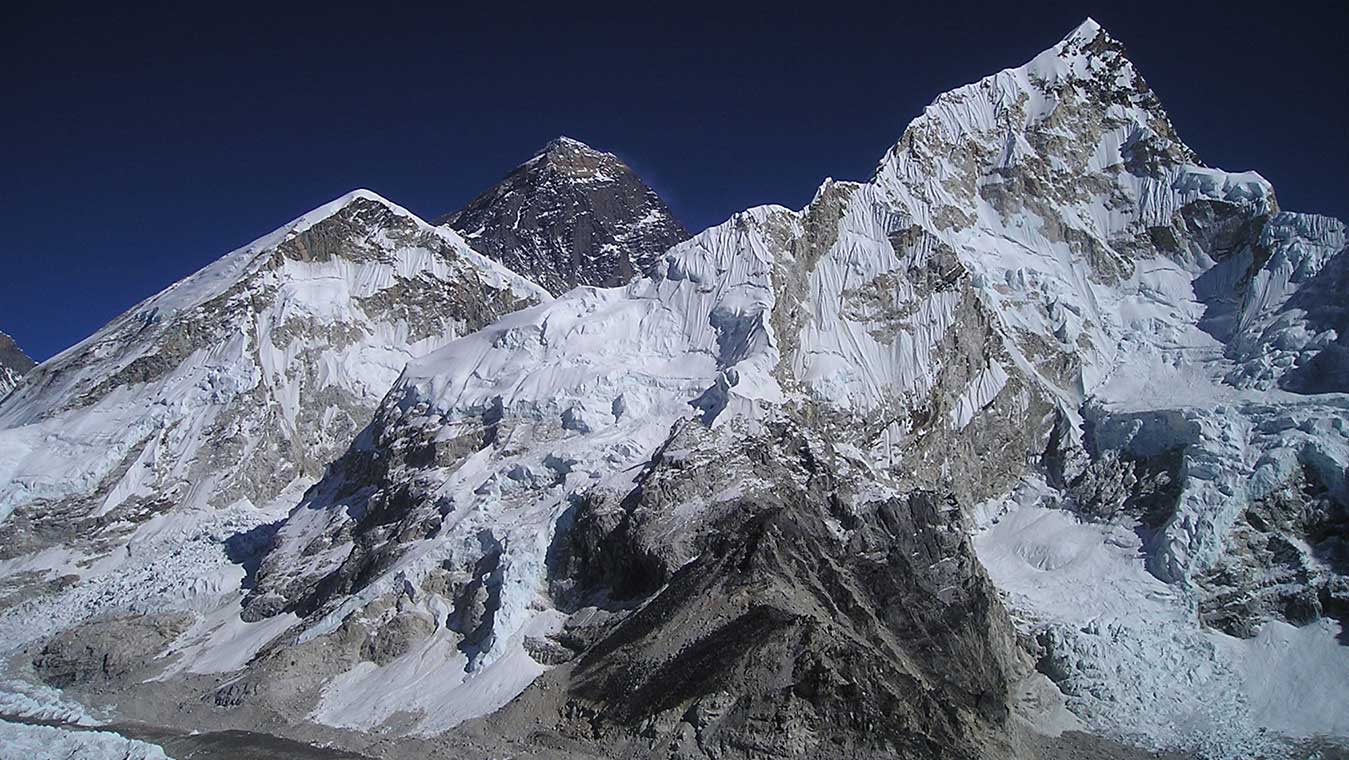
Normally, amateur trekkers who want to make their way and visit the Everest Base Camp and any other high elevated journeys tend to have a handful of questions to ask, or they expect some expert suggestions regarding Acute Mountain Sickness.
The “High Altitude” continues to exist as a symbolic matter of discussion for each trekker who intends to get the detailed insight of EBC first-hand, all thanks to the fact that EBC is situated at an escalating altitude 5,380m above the sea level. Concerning the elevation, the chances of becoming a victim of Acute Mountain Sickness, aka Altitude Sickness, increase drastically.
Furthermore, whenever the words relating to the Everest region are mentioned in the group of novice trekkers, then the term “Acute Mountain Sickness” eventually and automatically follows; therefore, I’ll answer the questions through a discussion concerning Acute Mountain Sickness.
AMS is justifiably a common and serious risk when that even threatens the life of the trekkers when trekking at high altitudes in Nepal. This is because as you ascend uphill on the higher elevations, the air gets thinner, complemented with reduced oxygen levels.
Without proper acclimatization, the body cannot cope with the low level of oxygen and struggles to fulfill the oxygen demand that the body is habituated to normally, resulting in breathing problems. This gradually weakens the body, and the state is referred to as the Acute Mountain Sickness.
It can develop at altitudes above 2,000m (6,500ft), and the risk increases notably as you climb up to higher altitudes. Usually, people inaccurately diagnose AMS with flu, hangover, dehydration, and tiredness.
High exposure to the sun, cold climate, low air pressure, thin and dry air batters trekkers ascending higher altitude ensuing AMS, i.e., a consequence of the excessive accumulation of fluid in certain parts of the body, specifically the brain and lungs.
3 types of syndromes comprise altitude sickness: Acute Mountain Sickness, High Altitude Cerebral Edema (HACE), and High Altitude Pulmonary Edema (HAPE).
Acute mountain sickness (AMS) is the outcome of reduced air pressure and oxygen.
High Altitude Cerebral Edema (HACE): Unlike AMS, it is scarce. The brain swells with fluid causing nausea that is followed by other complications. It is a potentially fatal sickness resulting from the unhealthy ascent to the area of thin air with low levels of life-saving oxygen, i.e., Altitudes greater than 2,000m.
High Altitude Pulmonary Edema (HAPE): It is a critical condition where the high blood pressure and constriction of blood vessels in the lungs result in its swelling. This swelling is known as HAPE. It can occur with HACE or on its own succeeding acute mountain sickness. It emerges one to four days after traveling above 2,500m. Like HACE, HAPE is comparatively rare.
When you commence trekking or driving, climbing up higher elevations rapidly, then the body does not have enough time to properly acclimatize to the surrounding atmosphere evolving into AMS.
As the body is normally habituated to inhale enough oxygen as per its normal requirements, it cannot adapt to the cold and thin air with low levels of oxygen swiftly. Therefore, the individual, who cannot embrace the current situation thoroughly where the lack of oxygen is inevitable, falls as the easy prey to AMS.
It is routinely observed among the trekkers who perform high altitude treks such as Everest Base Camp Trek, Annapurna Base Camp Trek, and Manaslu, Tsum Valley Trek. Unfortunately, many trekkers have lost their lives to AMS during trekking to the Himalayas because of complete ignorance.
Therefore, trekkers planning to do such high elevation treks should take measures and precautions to avoid AMS.
Some of the elementary and first appearing symptoms include:
If the above-mentioned symptoms persist or worsens, the person eventually loses the senses of touch, sight, and hearing. Therefore, halt your journey at the current elevation when the early symptoms arise until the symptoms clear away.
If symptoms persist after a day or two, then descend to a lower elevation of 300 to 500m and immediately seek medical attention. Failure to render proper medical support may result in the death of the victim.
The few ways to avoid AMS are too simple and mentioned below:
Current good physical conditions do not help to avoid AMS. Individuals who have never experienced AMS in the past at higher altitudes may still come forth with symptoms later. Also, proper acclimatization cannot be replaced with medications to minimize the risks of AMS.
But if an individual is acclimatizing correctly, they can consider medication to prevent/reduce AMS symptoms. Additionally, children cannot describe their symptoms; they are more susceptible to AMS and should be watched closely. Finally, people with heart conditions, pregnancy, and breathing difficulties at sea level should avoid trekking to higher elevations (< 3,000m).
If possible, use the Gamow bag. It is an inflatable pressure bag large enough to accommodate a person inside that simulates the air pressure of lower altitudes.
It can also be used to treat the effects of AMS, i.e., it is available at the Himalayan Rescue Association’s outposts in Periche (Everest) and Manang (Annapurna): the two well-renowned trekking destinations in Nepal.
In emergency cases, employ a helicopter rescue. Individuals with AMS should not wait and rely on helicopters; their top priority must be to descend at lower elevations ASAP.
However, if helicopter evacuation is necessary, make sure that you have a health insurance policy in effect that covers this very costly service.
You can also study some more facts about the AMS in detail on professional medical sites or books devoted to this specific subject matter.
Leave Your Comment